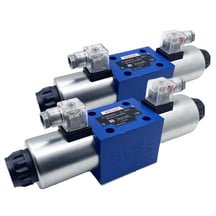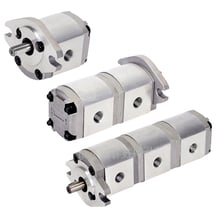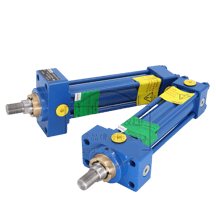How to Choose Hydraulic Valves in 2025: A Practical Guide
Hydraulic valves remain the backbone of fluid power systems, but advancements in technology and shifting industry demands mean selecting the right valve in 2025 requires a fresh approach. Whether you’re upgrading machinery or designing new systems, here’s what you need to know to make informed decisions.
3/6/20252 min read
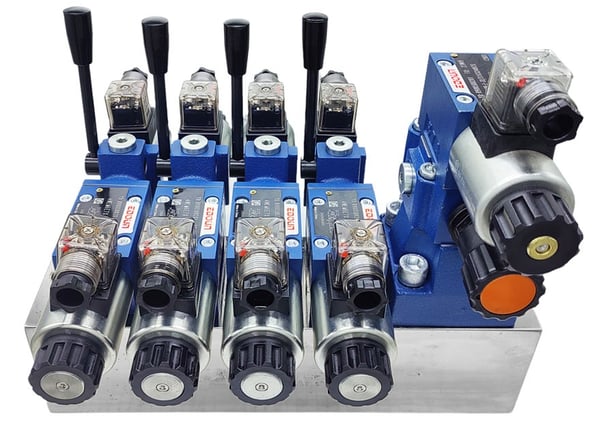

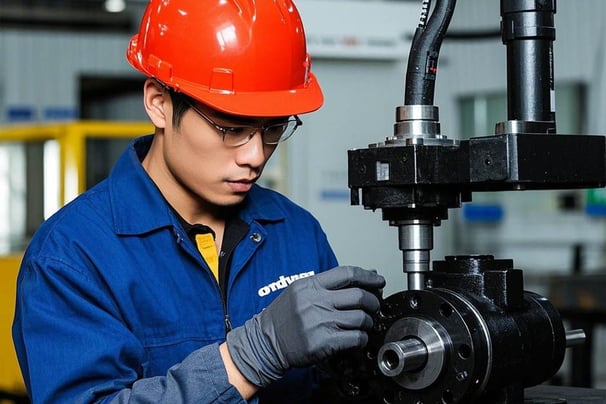

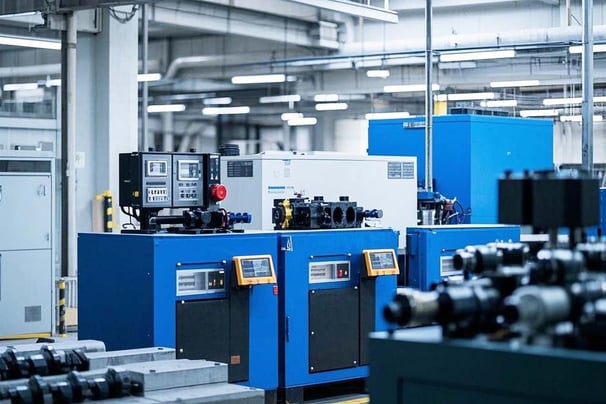

Match Valve Type to Evolving Applications
Valve selection starts with understanding your system’s requirements.
Directional control, pressure relief, and flow control valves each serve distinct roles. However, emerging applications in automation and renewable energy (e.g., hydrogen-powered systems) demand valves with higher precision and durability.
For example, proportional valves are gaining traction in robotics due to their ability to adjust flow dynamically. Always verify if the valve’s specs align with your operational pressure, temperature, and flow rates—especially as workloads become more variable.
Prioritize Smart Compatibility
By 2025, the Industrial Internet of Things (IIoT) will dominate hydraulic systems.
Valves with embedded sensors or compatibility with IoT platforms enable real-time monitoring and predictive maintenance.
Look for valves that integrate with your existing telemetry systems or support open communication protocols like CAN bus. A “smart” valve might cost more upfront but can reduce downtime by flagging wear before failures occur.
Evaluate Material Innovations
Corrosion-resistant materials are no longer optional.
With industries like offshore energy and electric vehicle manufacturing pushing harsher operating conditions, valves made from advanced alloys (e.g., duplex stainless steel) or coated composites are becoming standard.
Additionally, lightweight materials are critical for mobile hydraulics in drones or compact machinery. Always cross-check material certifications against industry-specific standards.
Final Tip: Test Before Scaling
Never skip prototype testing. Simulate real-world conditions to assess valve performance, especially if integrating with legacy systems. A valve that works in theory might falter under dynamic loads or rapid cycling.
Choosing hydraulic valves in 2025 isn’t just about specs—it’s about anticipating future challenges. By focusing on smart features, sustainability, and supplier partnerships, you’ll ensure your systems stay competitive in a fast-evolving industry.

